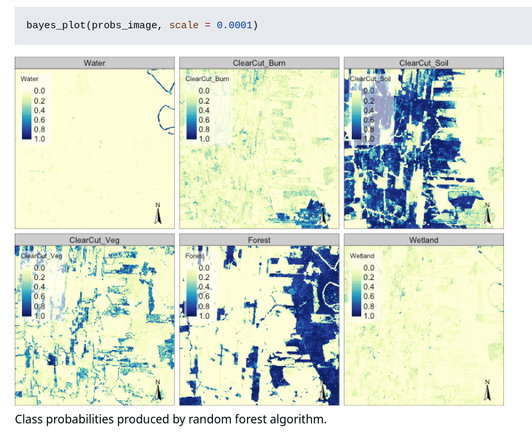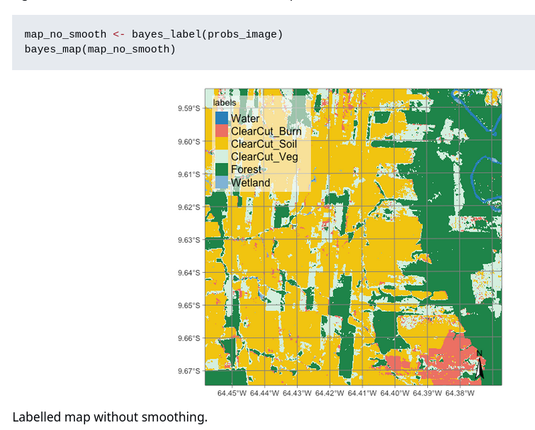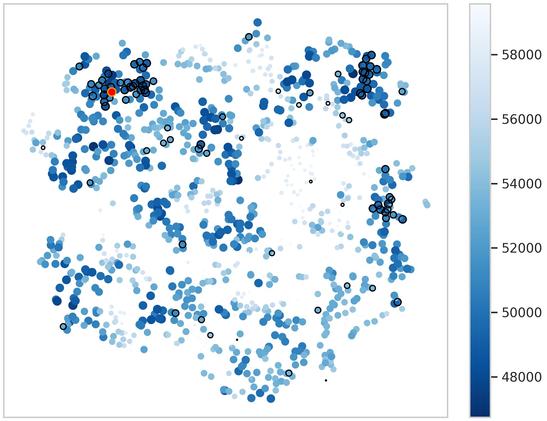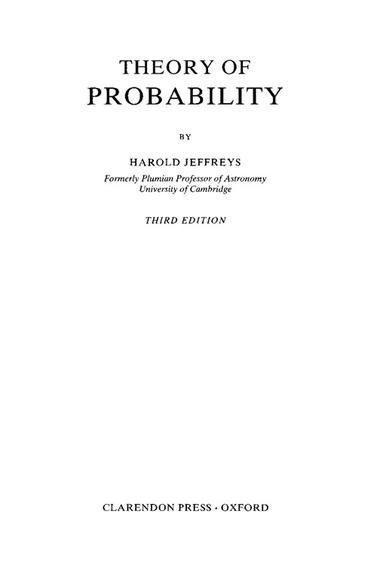We have a paper that tries to introduce clinicians (and people working with machine learning), in a very friendly way and with a concrete example, to Bayesian methods. More precisely to "Bayesian nonparametric population inference" (also called "nonparametric exchangeable inference" or "nonparametric density regression"):
https://doi.org/10.31219/osf.io/8nr56
The paper guides the clinician from the hypothetical problem of predicting Alzheimer onset in four patients, given some predictors from each patient and previous trials, to the (again hypothetical) problem of deciding upon a treatment.
This method allows for a quantitative and yet intuitively understandable assessment of hypotheses, even when the hypotheses come in degrees rather than as artificial binary pairs. And it has further advantages:
- It's "model-free", in the sense that it doesn't make specific assumptions (such as gaussianity, linearity, and similar).
- It quantifies how much the results could change if the clinician had more trial data. That is, it quantifies the uncertainty coming from finite sample size.
- It works with small or large sample sizes alike.
- It can quantify (again in a model-free way) the importance of different predictors.
- It does imputation of data in a principled, exact way.
- It can account for and correct inappropriate base rates and similar biases.
- It is fully integrated with Clinical Decision Making (see eg the textbooks like Sox & al <https://doi.org/10.1002/9781118341544> or Hunink & al <https://doi.org/10.1017/CBO9781139506779>)
The text is addressed to clinicians, statisticians, and researchers in machine learning. The emphasis is on the understanding of the ideas involved, rather than on the maths.
If you have the time to take a look and if you find it valuable, then I'd be thankful if you boosted this reach-out post. Also happy to receive comments about unclear passages and errors of course.
Cheers!










